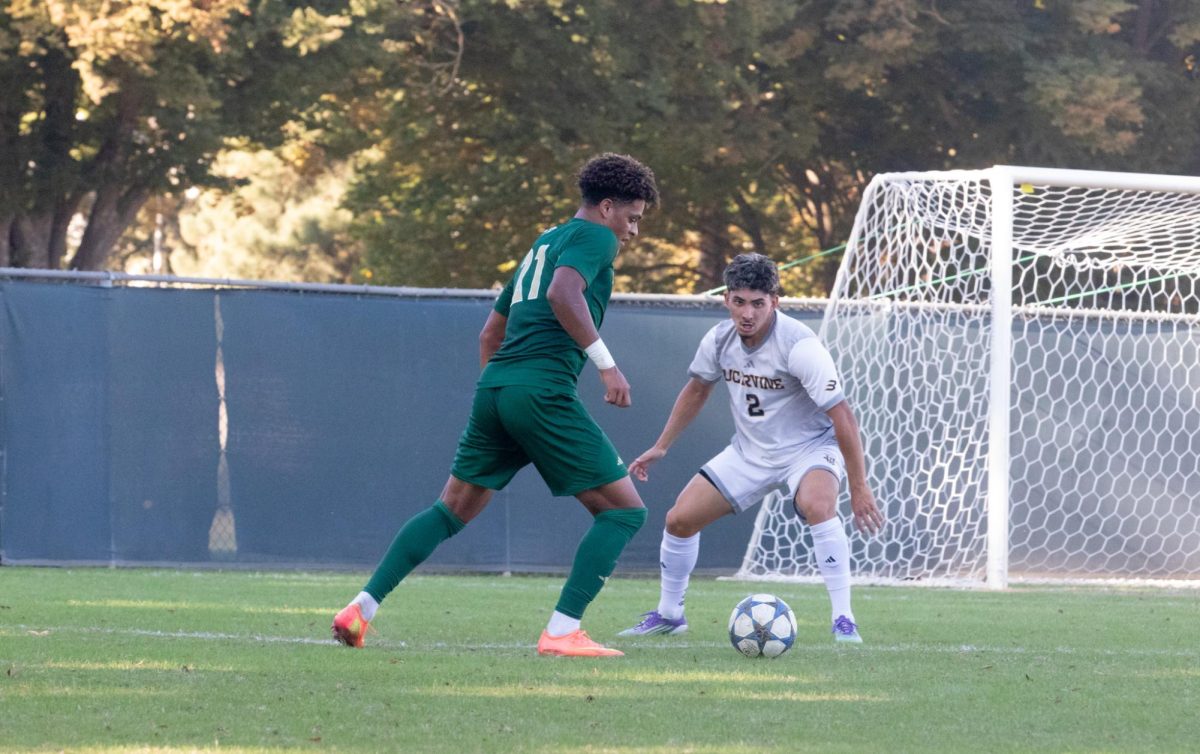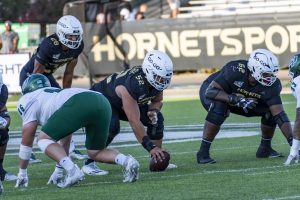Students can garden too
March 2, 2010
For Sacramento State students, gardening is often out of the question due to limitations on space, said Jasmine Greer, senior biology major and president of the Environmental Student Organization.
Serving as a solution, suburban gardening is becoming increasingly popular in rural and urban communities, she said.
The Sacramento area has a total of five communal gardens in operation, with two others being created this year.
Bill Maynard, who works for the Department of Parks and Recreation in Sacramento, is in charge of these gardens.
“We want to offer the community a way they can grow their own produce locally,” Maynard said. “That way, they can not only eat healthier but save money at the same time.”
These gated communal gardens are open to everyone and would be a great place for students to participate in growing produce if they do not have a garden of their own, he said.
To help students go green and produce greenery on their own, the Environmental Studies Organization and other groups on campus are creating a plan for the production of a communal garden on campus.
“Communal gardening is wonderful and the Environmental Student Organization feels this is really important,” Greer said. “Eating locally and growing your own food is the easiest way to transport your food and reduce your carbon footprint, which is very important to our organization.”
Greer said no one realized there once was a communal garden at Sac State.The garden closed in 2002, she said, due to poor management and the lack of student participation; the gardening was left to members of the surrounding community rather than Sac State students.
Greer said they hope when the organization creates a new communal garden, students at Sac State will recognize their hard work and join in on the effort to create resources on campus.
“What we are hoping is that students take the initiative when it comes to this garden we are recreating,” Greer said.
The produce created by this garden, Greer said, will either go to local food closets in the area or straight to the students through the Dining Commons.
Of course, students can also keep the food they grow at the new communal garden for themselves, she said.
“We are really hoping to work something out with the dining commons,” Greer said. “Students will see the benefits of growing food locally.”
Besides reducing carbon footprints, the Environmental Student Organization also hopes these communal gardens will have the effect of “peace gardening” on students.
“”Peace gardening’ brings the community together through the sense of accomplishment that they are successfully producing greenery as a group,” Greer said.
It builds a sense of unity within a community if it is done right, she said.
Greer and Maynard are both working toward creating this garden, but need students to know this garden is ultimately in their hands.
Greer believes the Sacramento area lends itself to becoming a green community.
“We are so lucky to be in Sacramento and surrounded by agriculture, we should buy and most importantly grow locally,” Greer said.
Author can be reached at [email protected]
























































































































